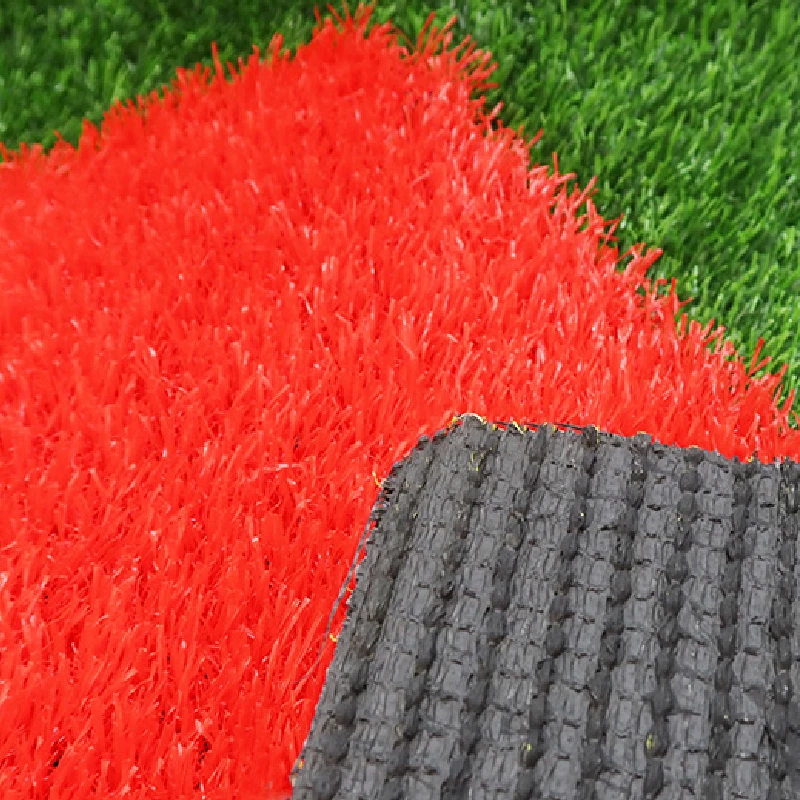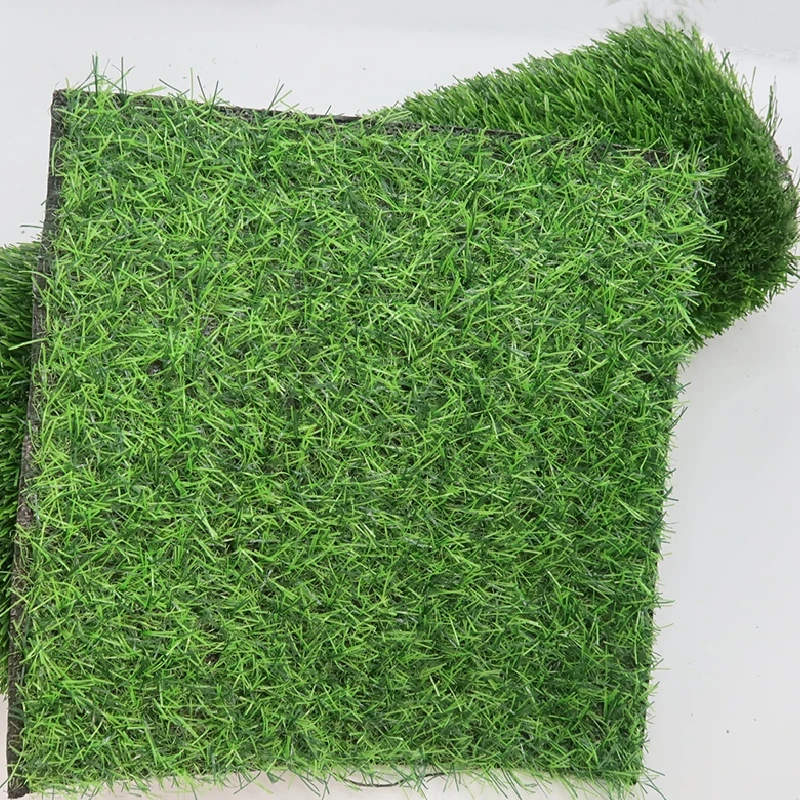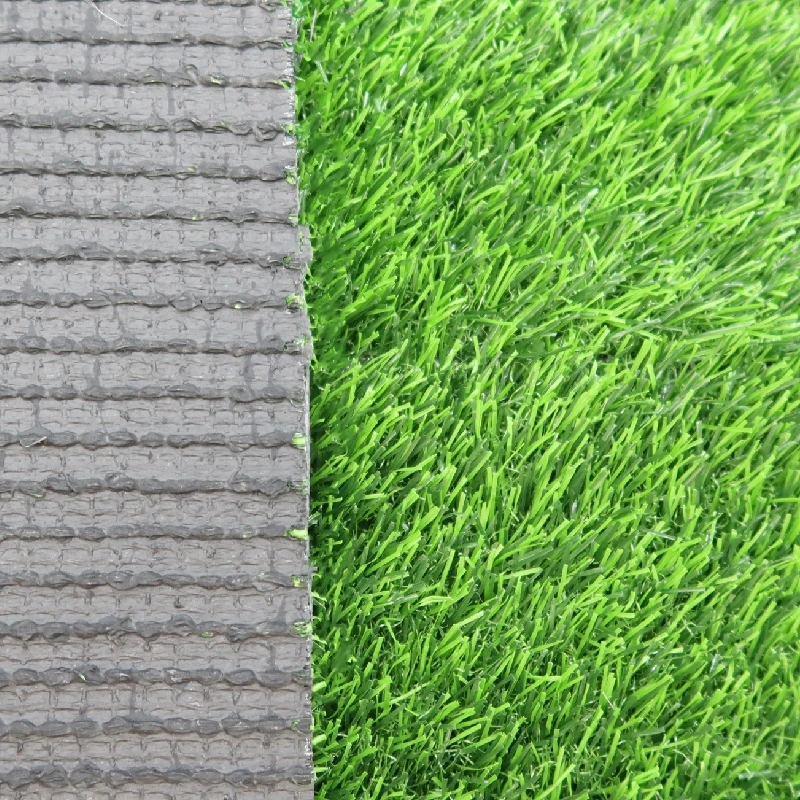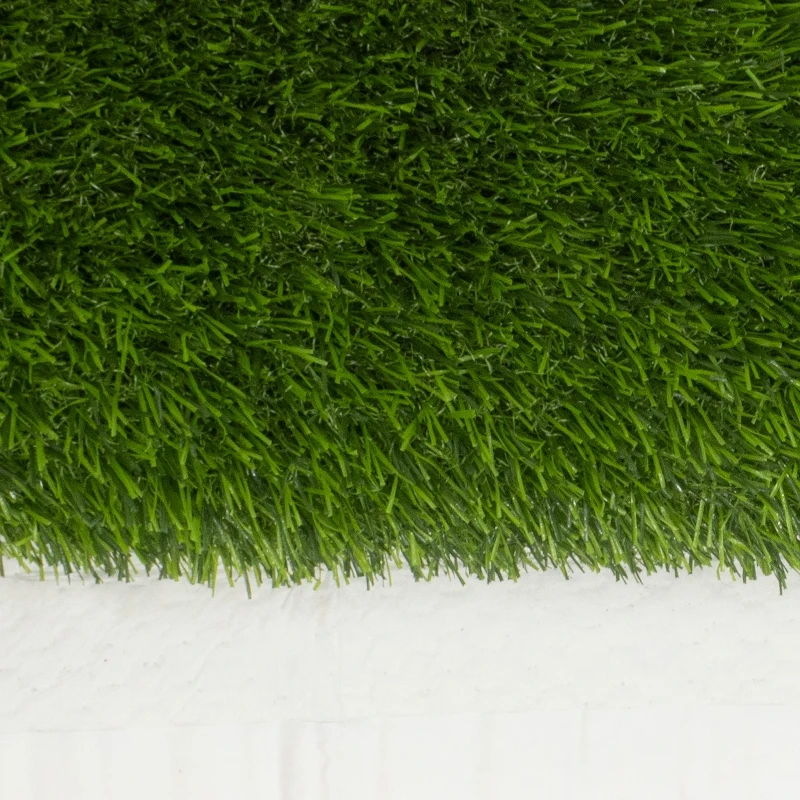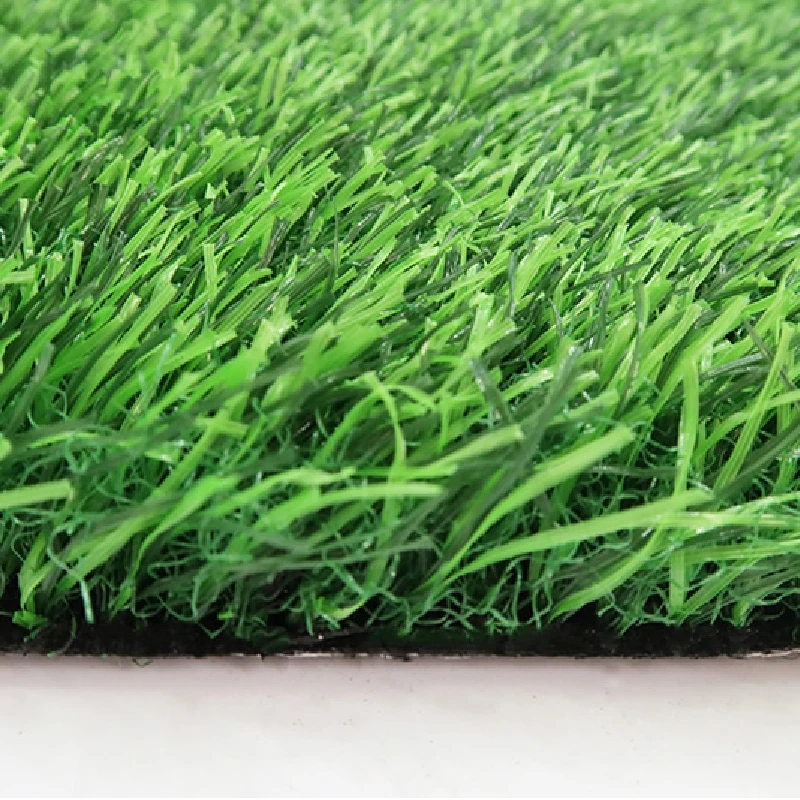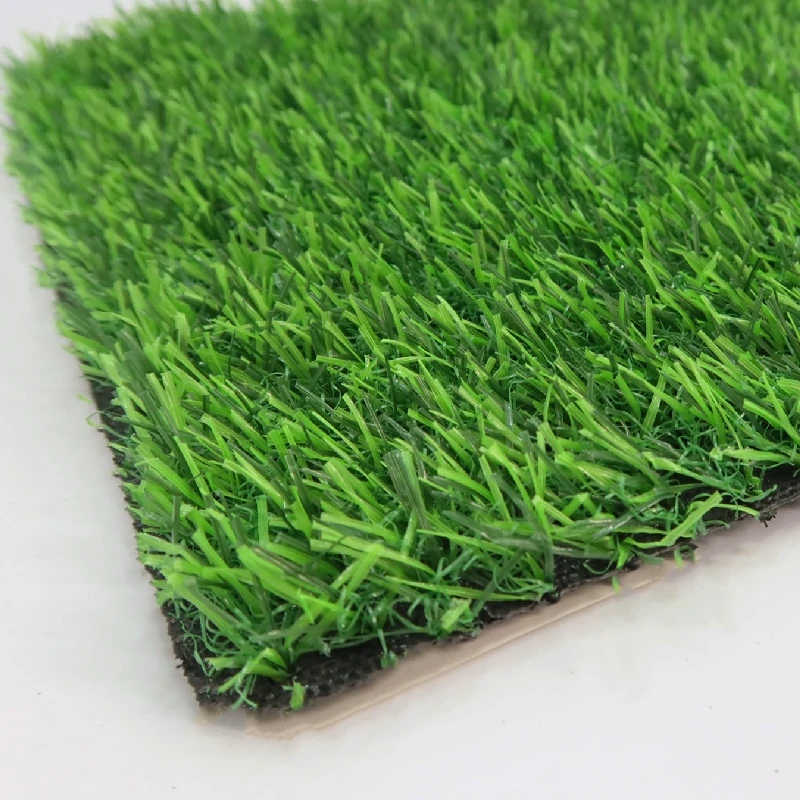The Real Deal on Synthetic Fields in Industrial Settings
Nov . 20, 2025 09:49 Back to list
Why Synthetic Field Materials Are Quietly Changing Industrial Equipment
It might surprise a few folks outside the sector, but synthetic field materials – yes, the kind you often hear about in sports or landscaping – are actually carving out a niche in industrial equipment. As someone who's spent more than a decade around conveyors, belts, and all sorts of rugged machinery, I’ve seen how these materials subtly shift things beneath the surface. And not just because they look good. Honestly, when I first heard about synthetic surfaces in conveyor lines or heavy-duty platforms, I thought it’d be a gimmick. But working alongside engineers and field operators, it became clear: the blend of durability and customizability is more than hype. Some companies are even replacing old rubber or metal liners with synthetic turf-like fields for extra grip, less wear, and quieter operation. It sounds odd, but it’s true.Getting to Know the Synthetic Field: What Makes It Tick?
The backbone of synthetic fields lies in materials engineered to handle stress, friction, and exposure. Unlike natural turf that wilts under heavy loads and weather swings, synthetic alternatives are designed to shrug off abrasion, chemicals, and moisture. Think polypropylene or polyethylene fibers with a UV-resistant coating – those are common. The whole thing is bonded to a tough backing, sometimes layered with shock-absorbing pads underneath. It’s an area where “form meets function” might just be an understatement. This stuff balances flexibility and firmness, which is crucial for industrial conveyors moving irregular loads or sensitive equipment parts. Many engineers I’ve talked to swear by the way synthetic fields tame vibration and minimize material slippage without resorting to heavy or expensive metal modifications. One quick note: these systems get extensively lab-tested — endurance testing, slip resistance, impact absorption. It’s a crucial step, especially when you know a single conveyor failure can shut down an entire plant.Product Specifications: What You Really Should Know
Here’s a snapshot of common specs from some popular synthetic field materials typically used in industrial settings:| Specification | Typical Range | Notes |
|---|---|---|
| Material Fiber | Polypropylene / Polyethylene | Resistant to moisture and chemicals |
| Pile Height | 10-15 mm | Optimizes grip without wear |
| Backing Material | Polyurethane / Latex | Flexible, durable foundation |
| Shock Absorption | 20%-30% | Protects surfaces and machinery |
| UV Stability | 10+ years | Important for outdoor or exposed setups |
How Today's Vendors Stack Up in Synthetic Field Solutions
With growing interest, several players have jumped in with their take on synthetic industrial fields. I've had a chance to compare a few vendors that often come up in conversations:| Vendor | Material Options | Customization Level | Typical Lead Time | Price Range |
|---|---|---|---|---|
| Hoyarngrass | Polyethylene fibers, UV stabilized | High – custom pile height & density | 2-3 weeks | Mid-range, good value |
| SynthFieldCo | Various fibers incl. nylon | Medium | 4-6 weeks | Premium |
| FieldTech Solutions | Polypropylene based | Low – standard modules only | 1 week | Budget |
Practical Insights From the Field
There’s one story I keep coming back to. A midwestern conveyor plant was struggling with material slippage and frequent conveyor belt replacements. They switched to a custom synthetic surface from Hoyarngrass — the results? Less downtime and a far quieter operation. Operators told me it felt like a softer touch underfoot, better grip on those awkward shapes, and less dust kicking up. Oddly enough, it made the environment somewhat more pleasant. The takeaway here is that these synthetic fields aren’t just cosmetic or “nice to have” – they make a measurable difference. Granted, they’re not magic, but they do solve some real-world headaches in ways traditional materials sometimes can’t. If you’re in industrial equipment design or maintenance, it might be worth a glance. It certainly reshapes some old assumptions and offers a fresh angle on durability and customization.Thanks for sticking with me through this little dive. If you work with conveyors or heavy-duty lines, these synthetic fields could be a game changer worth trialing sooner than later.
References & Final Thoughts
- Industry white papers on synthetic turf applications in industrial conveyor systems.
- Customer case studies provided by Hoyarngrass and peer companies.
- Field engineer interviews and lab testing data summaries from 2022–2023.
-
Durable, Eco-Friendly Turf for Balcony | Enhance Your Urban Space
NewsNov.24,2025
-
Turf Between Pavers: Sustainable Green Paving Solutions for Modern Urban Spaces
NewsNov.24,2025
-
Discover the Benefits of Turf and Pavers Backyard | Sustainable Outdoor Design
NewsNov.24,2025
-
Top Quality Artificial Grass – Sustainable, Durable, and Stylish Turf Solutions
NewsNov.24,2025
-
Durable and Eco-Friendly Thick Artificial Grass Solutions | Hoya Grass
NewsNov.24,2025
-
Synthetic Turf: Sustainable Green Solutions for Sports, Industry & Urban Living
NewsNov.24,2025
Products categories



